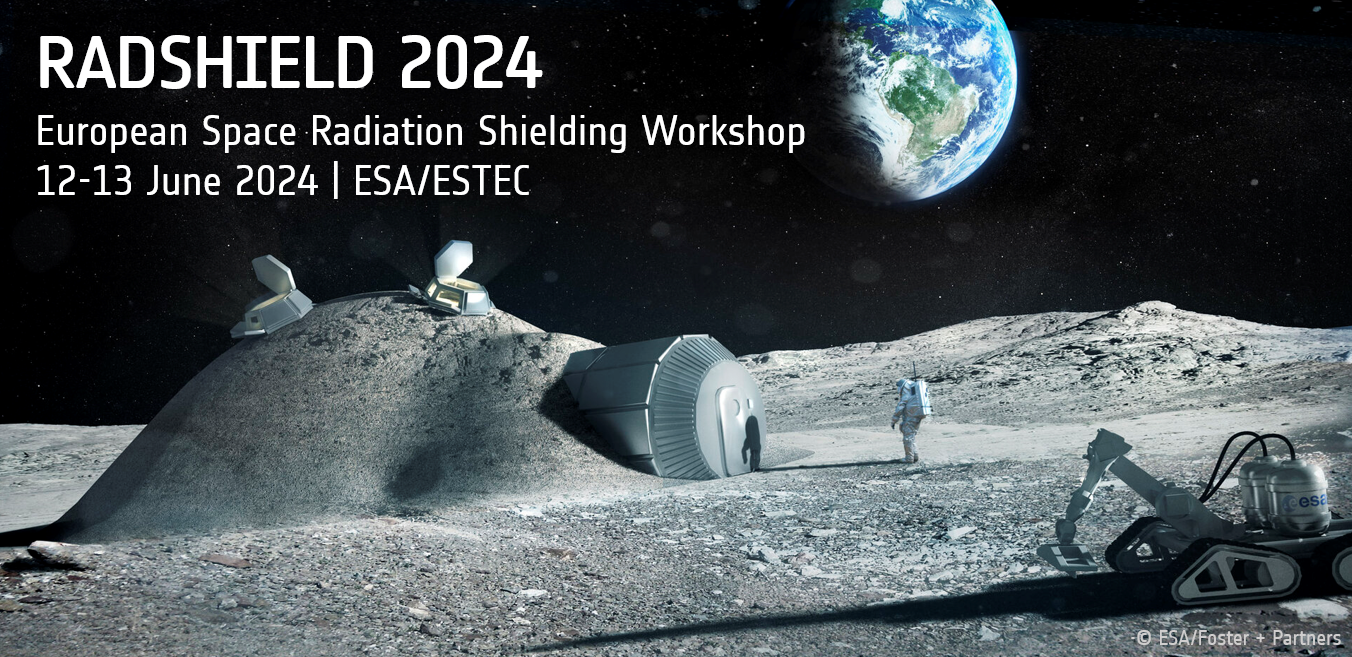Speaker
Description
Space radiation is one of the major showstoppers for the human exploration of the Solar System. Astronauts and mission-critical electronic devices are constantly exposed to highly energetic particles coming from deep space and the Sun, namely Galactic Cosmic Rays (GCRs) and Solar Energetic Particles (SEPs). Therefore, it is of paramount importance to study and characterize the possible effects arising from such an exposure. Ground-based studies have traditionally utilized particle accelerators with independent and serialized irradiation schemes, overlooking the synergistic effects of the complex radiation mixtures found in space. To address this gap, the necessity of developing a GCR Simulator has emerged. The concept behind the GCR Simulator at GSI is the use of a hybrid active-passive technology where the energy of the primary 56Fe beam is actively switched in conjunction with passive beam modulators. This approach allows for simultaneous irradiation with a continuous all-particle energy spectrum mimicking the complexity of the environment encountered in space.
In this presentation, we will discuss the design, implementation, and future challenges of the GCR Simulator at GSI-FAIR. In addition, we will show Geant4-based Monte Carlo simulations of the spectra resulting from the 6 different experimental setups whose combination is expected to match the reference GCR spectrum. A novel GCR Simulator, established through collaboration between GSI-FAIR and the European Space Agency (ESA), is now operational in Europe. With humans set to return to the Moon in this decade, and beyond in the near future, this facility provides a unique tool for replicating space-like environments on Earth. This advancement is crucial for enhancing our understanding of the effects of space radiation on matter, paving the way for future space exploration.
This work is supported by the European Space Agency (ESA), Directorate of Human and Robotic Exploration Program, contract # ECR-4000102355-03 and is performed in the frame of FAIR-phase-0 at the at the GSI Helmholtzzentrum für Schwerionenforschung, Darmstadt (Germany).

